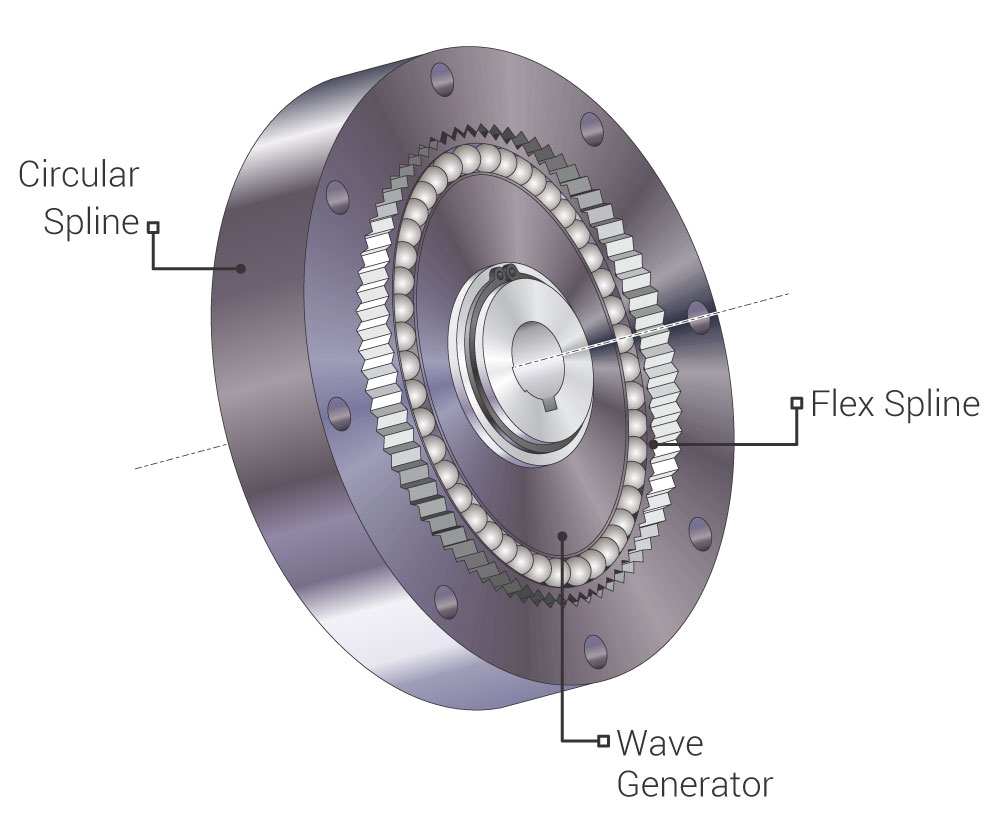
The Guidance of the Centrifugal Clutch
Centrifugal clutches are widely utilized in power transmission systems due to their cost-effectiveness and functional adaptability. Their core design is tailored to match specific engine characteristics, enabling gradual load engagement only when the engine reaches an optimal torque range, thus avoiding sudden load spikes. Historically, their application dates back to 19th-century railway locomotives, and they are now common in small-engine equipment such as scooters, go-karts, chainsaws, and lawn mowers. These devices require the engine to build sufficient power before driving load-intensive operations (e.g., cutting or propulsion) and to disengage safely when power input decreases.
Operational Mechanism of Centrifugal Clutches
The centrifugal clutch operates on the centrifugal force principle: when a mass rotates, a radial outward force is generated, proportional to its rotational speed. This force drives the clutch’s engagement and disengagement cycle, as follows:
Core Components:
A driving shaft connected to the engine crankshaft serves as the rotation input.
Friction shoes (typically 2–6, symmetrically mounted on the driving shaft) with high-friction outer surfaces.
A drum (outer housing) concentric with the driving shaft, connected to the driven shaft; its inner wall is also lined with high-friction material.
Return springs that restrain the shoes at low rotational speeds and control their expansion.
Engagement Process:
As engine RPM increases, the driving shaft’s rotational speed rises, generating centrifugal force that overcomes the return springs’ tension. This forces the friction shoes to expand radially outward, pressing against the drum’s inner wall. Frictional contact between the shoes and drum transmits torque from the driving shaft to the driven shaft, engaging the load.
Disengagement Process:
When engine RPM drops (e.g., when the throttle is released), centrifugal force decreases. The return springs retract the shoes from the drum, breaking the frictional connection. The driven shaft stops receiving torque, preventing the engine from stalling under excessive load.
Key Advantages
Automatic Load Management: Engagement occurs only when the engine reaches sufficient RPM (matching optimal torque), avoiding premature load application that could stall the engine.
Simplified Operation: No manual intervention (e.g., clutch levers) is required; engagement/disengagement is entirely RPM-dependent, reducing user effort.
Cost Efficiency: Compared to alternative clutches (e.g., hydraulic or electromagnetic types), centrifugal clutches are lower in manufacturing and maintenance costs.
Protective Functionality: Disengages automatically under low RPM, shielding the engine from overload damage and enhancing operational safety for both equipment and users.
Limitations and Disadvantages
Heat Generation: Frictional contact between shoes and drum produces significant heat, especially during frequent engagement cycles. Sustained high temperatures can degrade friction materials and reduce service life.
Maintenance Requirements: Regular lubrication is necessary to mitigate heat and friction; inadequate maintenance accelerates wear.
Service Life Constraints: Even with proper installation, the typical lifespan is limited (≤5 years) due to friction-induced wear. Improper installation can cause failure within minutes.
Environmental Vulnerability: Particles (sand, dust) can infiltrate the clutch, altering friction properties and leading to unpredictable performance (e.g., slippage or sudden disengagement).
Power Loss: Inherent friction and transient slippage during engagement result in unavoidable power transmission losses.
Conclusion
At HL Parts, centrifugal clutches excel in low-power, cost-sensitive applications requiring automatic load matching and simplicity. However, their reliance on friction limits durability and efficiency, making them less suitable for high-performance or harsh-environment scenarios. Upload your files and let's get started!















